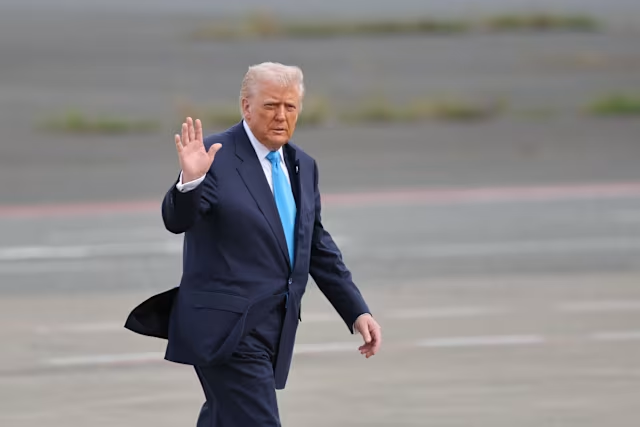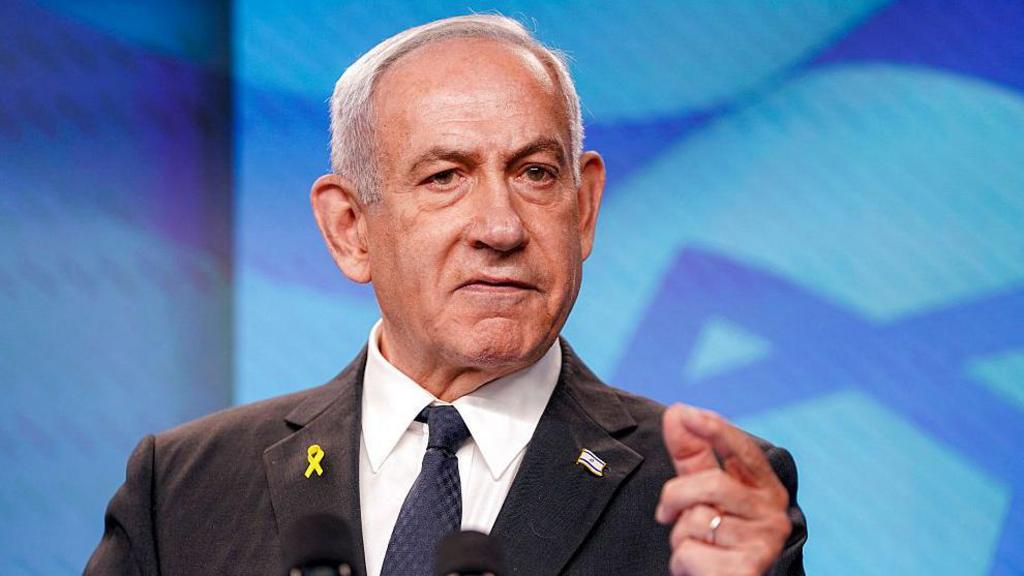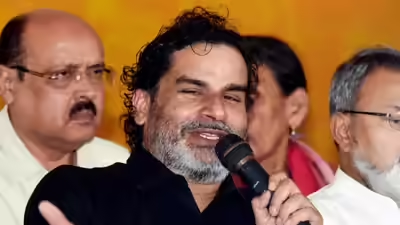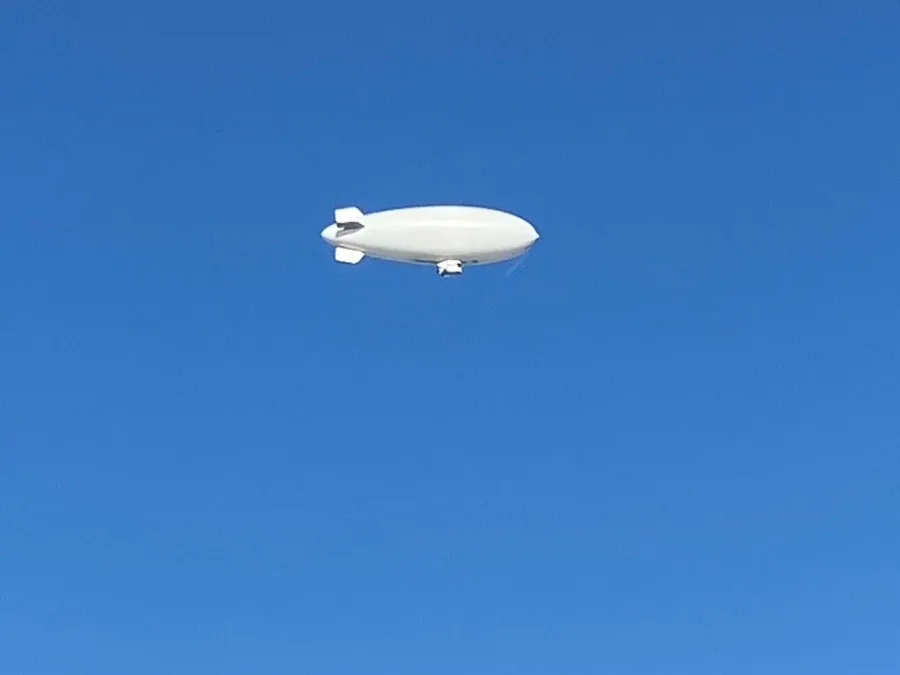Now Reading: Donald Trump Reacts to Third-Term Ban, Calls It “Too Bad” — But Can He Change It?
-
01
Donald Trump Reacts to Third-Term Ban, Calls It “Too Bad” — But Can He Change It?
Donald Trump Reacts to Third-Term Ban, Calls It “Too Bad” — But Can He Change It?

Former US President Donald Trump recently expressed disappointment after being reminded that he cannot run for a third presidential term under American law. His reaction, calling it “too bad,” has sparked curiosity among supporters and critics alike about whether there’s any possibility for him to alter that constitutional rule.
The United States Constitution, through the 22nd Amendment, clearly limits any president to two elected terms. The amendment was introduced after Franklin D. Roosevelt served four consecutive terms, leading lawmakers to ensure that no future leader could hold power indefinitely. This rule applies to all presidents, regardless of popularity or political influence, meaning Trump’s third-term dream remains constitutionally out of reach.
Trump’s casual remark came during an informal discussion, but it reflects the strong following he still commands among his voter base. His supporters, who see him as a figure capable of reshaping America’s political and economic direction, have occasionally discussed the idea of him returning beyond two terms. However, any change to the 22nd Amendment would require a two-thirds majority in both the House and Senate and ratification by three-fourths of US states — a process almost impossible in the current political divide.
For Indian readers, especially those in Tier 2 cities closely watching global leadership dynamics, Trump’s case highlights how democratic systems safeguard power rotation. India, like the US, relies on term limits and free elections to prevent the concentration of authority in one leader’s hands. This ensures that public office remains accountable to people, not personal ambition.
While Trump continues to campaign strongly for the 2024 elections, his third-term ambitions remain more symbolic than practical. The statement might have been offhand, but it reminds the world how leadership and legacy often outlive legal boundaries. What stays constant, however, is democracy’s rule — no one, not even a former president, stands above it.

























